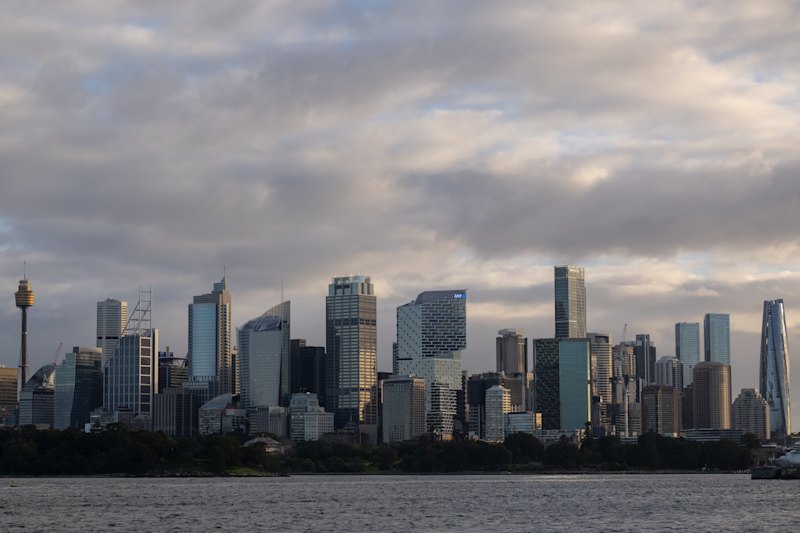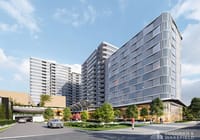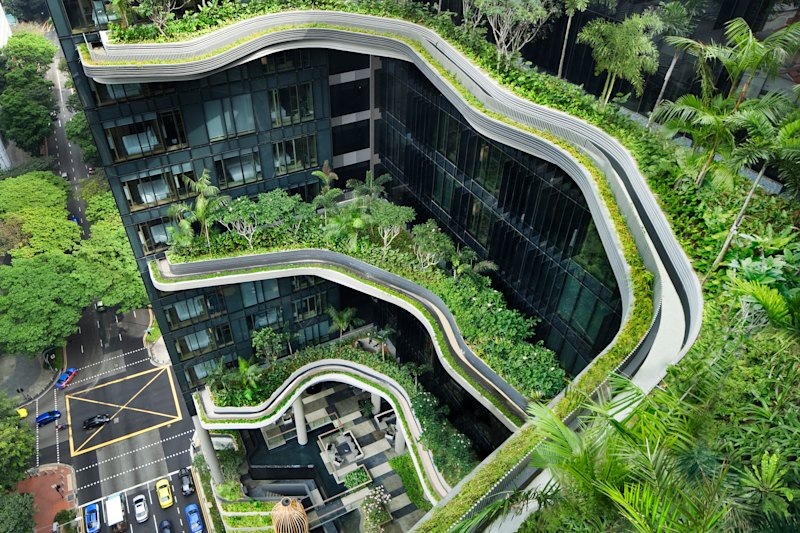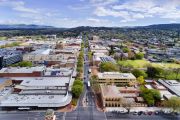
The 10m-square-metre question hanging over the office market
For five years, Australia’s secondary office buildings have been on the wrong side of the so-called bifurcation trade.
With the flight to quality, secondary buildings have emptied, rents and values have fallen, and the cost of upgrading has become uneconomic.

Yet the populist answer – that the empty towers should be converted or redeveloped as housing – has largely not happened.
The question, for the next five years, is whether the secondary buildings will continue to languish, eventually becoming stranded assets, or whether, as supply tightens, the sector finds new life and creates opportunities.
It is not an unimportant question. More than 10 million square metres of space – or 40 per cent of the total office stock in the 18 CBD and suburban markets covered by the Property Council – are so-called B, C or D grade.
The buildings may not be institutional flagships, but a lot of private wealth – and debt – is invested in them.
For most of those investors, it has been a disheartening five years.
Brisbane and Perth CBDs buck the trend
Today’s table, from global agency CBRE, shows how far net effective rents – a figure that includes the substantial incentives on offer – have fallen in secondary stock since the end of 2019.
It’s not universal. The Brisbane and Perth CBDs have bucked the trend in rents and in capital values, but owners in Sydney and Melbourne have gone backwards, while all their costs, including the potential cost of any upgrades to attract tenants, have soared.
Values have followed. MSCI estimates that the value of B-Grade stock – the bulk of the secondary market – has fallen by nearly 28 per cent since mid-2022, compared with 18.4 per cent for prime towers and 24.4 per cent for A-grade buildings.
MSCI’s head of private asset research in the Pacific, Ben Martin-Henry, says the losses highlight the structural challenges facing secondary space: poor ESG credentials, elevated vacancy, and obsolescence risk.
Demand for B, C and D grade stock dropped another 85,000 sq m in the first half of this year, according to the Property Council, leaving the vacancy at 17.4 per cent for B-grade, 15 per cent for C-grade and 10.6 per cent for D-grade buildings.
Yet, the CBRE table points to a surprising stabilisation in rents – and solid rental growth in Brisbane – over the last six months.
Last week, GPT Research released a new analysis of the office market – Office-ially back – which pointed to a turning point for the sector.
For GPT, “green shoots” are emerging in office leasing as occupiers have “right-sized,” with peak day occupancy almost back to pre-COVID-19 levels and white-collar employment up 15 per cent since 2019 compared with a 1 per cent loss of office space.
At the same time, supply is stalling because new projects are simply not viable. GPT estimates that the economic rent premium required for a new tower is 40 per cent in Sydney and more than 50 per cent in Melbourne and Brisbane.
For GPT, the next five years will be very different to the last, with a broadening of demand beyond the core precincts and capital returning for prime assets.
But it has a caveat for struggling lesser buildings. “While prime values have begun to recover, we anticipate further downside risk to non-CBD markets and secondary/tertiary grade CBD office values.”
In the past, such buildings would be withdrawn and upgraded or repurposed, but since COVID-19, the level of withdrawals has been well below average.
MSCI’s Martin-Henry says the repositioning of B-grade stock has proved easier said than done.
“The capital costs are substantial, regulatory hurdles are rising, and in many cases, the underlying asset simply isn’t fit for purpose in a post-COVID market,” he says.
“Most lack the fundamentals of floor-plate flexibility, ESG potential and good location to justify the upgrade capex.”
The same is true for the widely held belief that obsolete office buildings can be repurposed as homes – and help solve both the housing shortage and the office vacancy.
Two years ago, in a report commissioned by the Property Council, Hassell and Ethos Urban – now a Colliers company – estimated that Melbourne’s vacant office buildings could be converted to 10,000 new apartments for 20,000 people.
Triple benefit
Nick Brisbane, Ethos Urban’s director in charge in Melbourne, says such an ambition would be good for housing, for activity in the CBD, and for saving embedded carbon.
But it has not happened. “It comes down to feasibility,” he says.
Cath Evans, Victorian executive director of the Property Council, says the project was not a quick fix, but a long-term play to “ensure our CBD remains vibrant, resilient, and liveable for decades to come”.
“Governments at all levels have shown a genuine willingness to be flexible on planning,” she says. “This collaborative approach is opening the door for new housing supply in a way that also revitalises the CBD.”
Conversion projects are happening. Australian Unity converted an office in South Melbourne into the Alba Aged Care Suites; Dexus and Marquette Properties are creating student accommodation from a Brisbane office building, and Lendlease and its Japanese partners will build a new luxury apartment tower overlooking Sydney’s Hyde Park.
In the last six months, at least two office buildings were withdrawn for conversion: 13 London Circuit in Canberra for a hotel project and 424-426 St Kilda Road in Melbourne for a build-to-rent residential project.
But many of the easy conversions have already been done. All face hurdles of planning, design – the need for light and air – and engineering.
Even Housing All Australians, which, supported by private industry, now provides more than 100,000 room nights a year for the homeless in underused facilities, has acknowledged the difficulty of repurposing office towers.
“The problem is the sprinklers”, says HAA executive director Rob Pradolin.
Which brings the column back to the future of those currently unwanted, potentially stranded, office assets.
Not everyone is pessimistic. Tim O’Connor, JLL’s head of leasing in Australia, says well-located, well-managed secondary buildings still have a place in the market.
“In 2023-24, we saw a flight to quality”, he says. “Now we are also seeing a flight to value. Not everyone wants to be in, or can afford to be, in the best buildings.”











